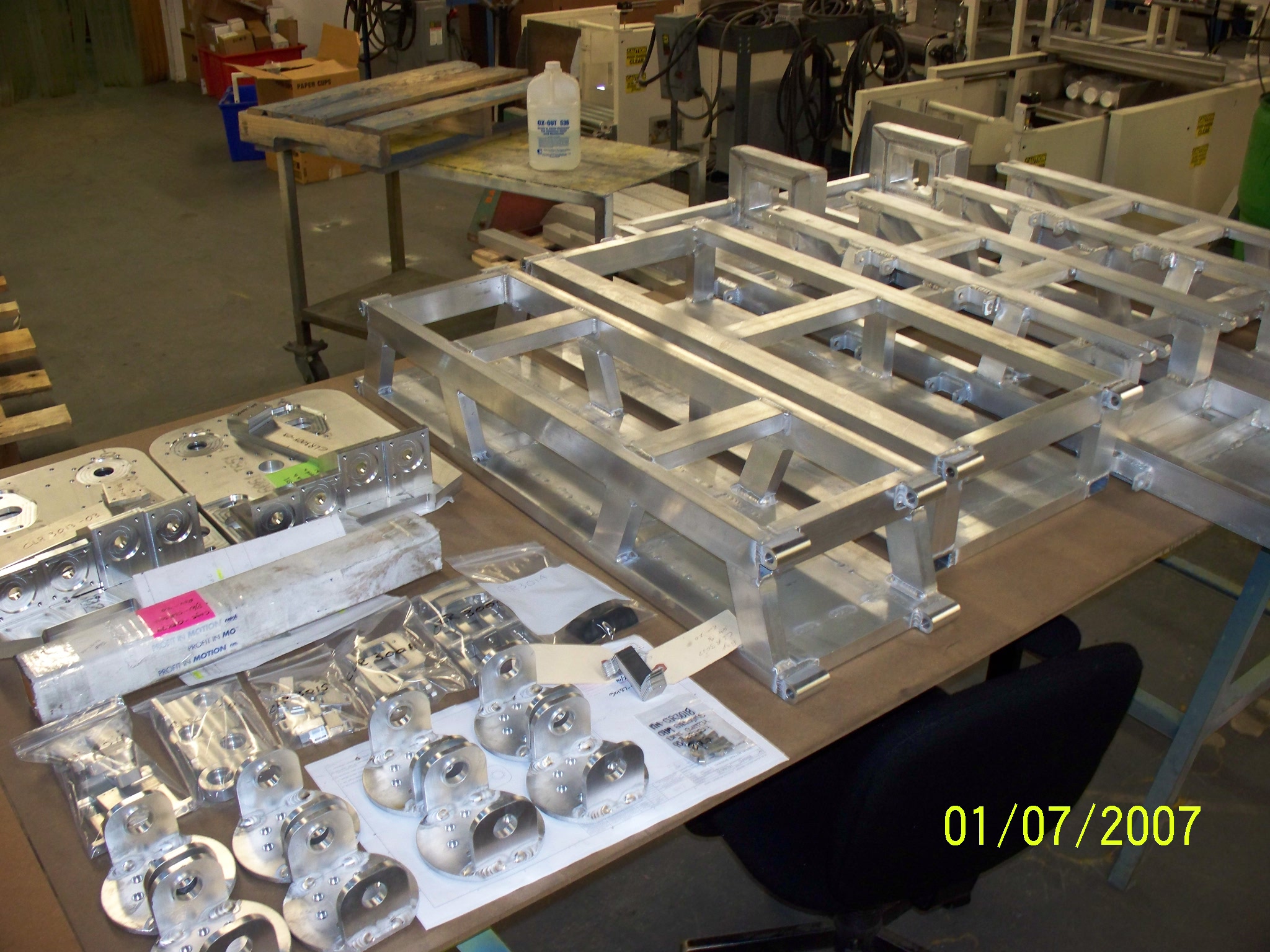An industrial automation system is a dynamic system that is capable of automating production in industry with the help of an artificially intelligent computer system. There are many different types of industrial automation systems designed to meet a wide variety of industrial needs. In the field of industries, the benefits of industrial automation are endless. Benefits of industrial automation include:
- Increased productivity
- Improved quality
- Reduced cost
- Improved safety
- Improved accuracy
- Remote monitoring
Perhaps the most significant benefit of industrial automation is improved and increased productivity. An industrial automation system can continuously perform a particular production task over and over again with perfect accuracy.
Another benefit of industrial automation is improved quality. Industrial automation systems are able to maintain superior quality while they perform tasks. This greatly increases the efficiency of the overall manufacturing process.
An industrial automation system is able to reduce the costs involved with manufacturing. This is because the system is self-operated meaning that extra human workers are not typically necessary. In fact some automation systems are specially designed to perform various production tasks without any instruction from human operators. In addition most automated systems are designed to save power when they are not in use, cutting energy costs as well.
Industrial automation systems are designed to improve safety. While a human operator might accidentally injure themselves or others while operating machinery manually, an automated system is computer operated so it cannot make mistakes. In facilities where dangerous chemicals are used, automation systems can provide maximum safety by eliminating the need for workers to come in contact with hazardous materials. In addition separate safety devices are usually installed with the automation system in order to reduce accidents.
An industrial automation system provides maximum accuracy in production. The computer system that runs the automation system ensures accuracy and timing for production. While the system is in use different types of sensors and processors monitor the entire process preventing faults in the production line.
Most industrial automation systems are equipped with remote operation and controlling systems. This allows the operator to monitor and control the production process from a distance. The remote system might be hooked up to WiFi or the internet to allow operators to communicate from a much greater distance. However the main controlling systems are typically based on radio signals.
Bay Industrial Group specializes in solving complex manufacturing problems. For more information about the industrial automation systems offered by Bay Industrial Group, please contact them today.

